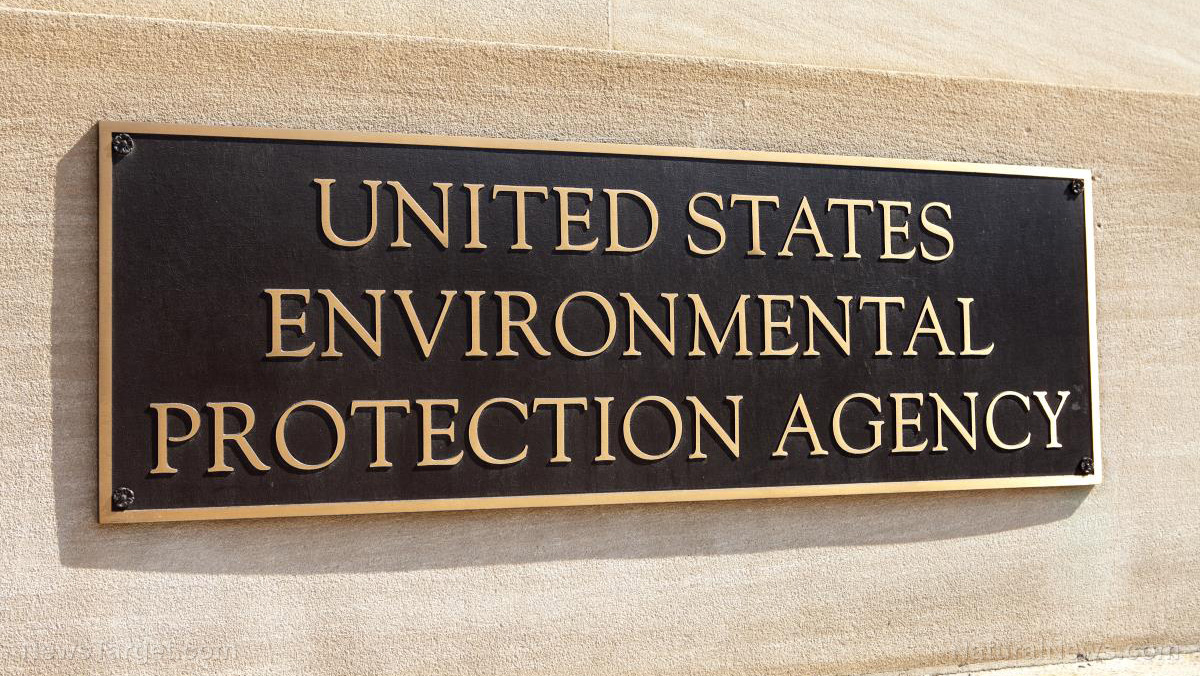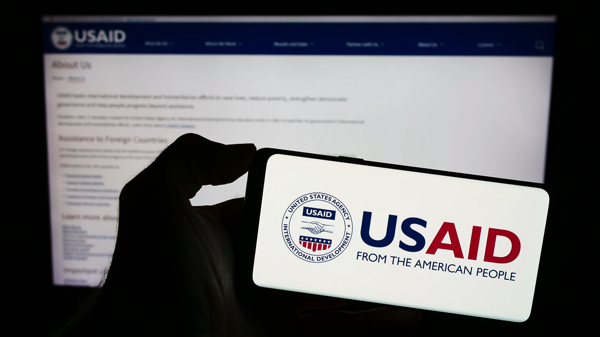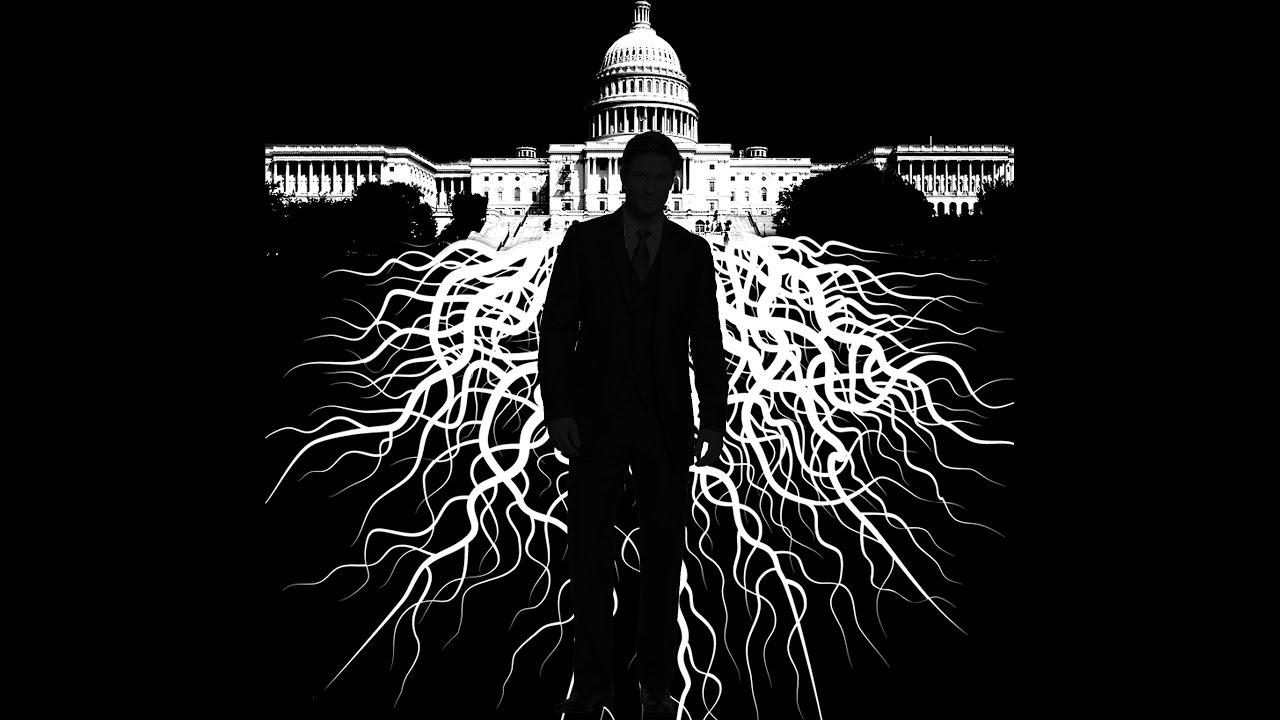James V. DeLong's book "Out of Bounds, Out of Control" provides a gripping tale of how the EPA operates outside the rule of law
- James V. DeLong's book "Out of Bounds, Out of Control" argues that the EPA often operates beyond legal boundaries, leading to arbitrary enforcement that harms industries and erodes public trust.
- DeLong emphasizes that the EPA frequently reinterprets regulations retroactively, penalizing companies for actions that were legal at the time, thus violating the principle of the rule of law which requires government actions to be guided by fixed, known rules.
- A key example is the EPA's expansion of the NSR program to include routine maintenance as "major modifications," retroactively penalizing companies for past actions, which DeLong describes as "rulemaking through enforcement."
- DeLong advocates for systemic changes, including clearer and more accessible rules, limits on retroactive penalties and devolution of enforcement authority to states to better balance environmental protection with local economic needs.
- The book highlights the dangers of unelected bureaucrats wielding significant power without adequate oversight, emphasizing the need for legal fairness and transparency to maintain the rule of law and protect democratic principles.
In a pointed critique of the
Environmental Protection Agency's (EPA) enforcement practices, James V. DeLong's book "Out of Bounds, Out of Control: Regulatory Enforcement at the EPA," raises concerns regarding how well the agency actually adheres to the rule of law, a bedrock principle of governance in the United States.
DeLong, a prominent legal scholar and former Senior Fellow and Director of the Center for the Study of Digital Property at the Progress and Freedom Foundation in Washington, D.C., argues in "Out of Bounds, Out of Control" that the agency often operates outside the bounds of established legal principles, creating uncertainty and arbitrary enforcement that harm industries and undermine public trust.
DeLong's book raises questions about the EPA's discretion and transparency with its authority. DeLong’s analysis focuses on how the EPA's vast regulatory authority has led to practices that blur the line between rulemaking and enforcement, often to the detriment of businesses and the rule of law.
The rule of law, as defined by economist F.A. Hayek, requires that government actions be guided by fixed, publicly known rules, not arbitrary decisions. Yet DeLong argues that the EPA frequently sidesteps this principle by reinterpreting regulations retroactively, penalizing companies for actions that were legal at the time they occurred. This, he contends, creates an environment of unpredictability, making it impossible for businesses to comply with regulations in good faith.
One of the most striking examples DeLong highlights is the EPA's enforcement under the New Source Review (NSR) program. Established to reduce air pollution from new and modified industrial facilities, the NSR program requires companies to install pollution control equipment when making major modifications.
However, DeLong documents how the EPA redefined "major modifications" in the late 1990s, expanding its authority to include routine maintenance activities previously considered lawful. This reinterpretation was applied retroactively, punishing companies for actions taken years earlier – a practice DeLong describes as "rulemaking through enforcement."
Such practices, DeLong argues, not only violate the rule of law but also stifle innovation and hinder the EPA's ability to achieve its environmental goals. He points to data showing high compliance rates with environmental laws, suggesting that the agency’s aggressive enforcement posture is often unwarranted.
DeLong's critique extends beyond individual cases, calling for systemic reforms to rein in the EPA's discretion. He advocates for requiring the agency to provide clear, accessible rules and limiting its ability to impose penalties retroactively. He also champions devolving enforcement authority to states, which, he argues, are better equipped to balance environmental protection with local economic needs.
DeLong notes that government agencies that operate without clear rules – or operate regardless of such rules – and without accountability for its enforcement decisions do not operate under the rule of law, and in fact undermine it, and should be considered a grave danger to democracy.
Critics like DeLong have long argued that unelected federal bureaucrats like those at the EPA wield too much power without adequate oversight, while proponents maintain that agencies are necessary to address complex issues like so-called climate change.
DeLong’s work adds to this discussion by emphasizing the importance of legal fairness and transparency, and serve as a warning that the EPA's practice of "rulemaking through enforcement" is fundamentally incompatible with the rule of law.
As the EPA continues to grapple with its mandate to protect the environment while ensuring regulatory clarity, DeLong’s book offers a timely reminder of the risks of unchecked administrative power. For readers interested in the intersection of law, environmental policy and governance, "Out of Bounds, Out of Control" provides a compelling and critical perspective on one of the federal government’s most influential agencies.
Watch this video going in-depth regarding James V. DeLong's book "Out of Bounds, Out of Control: Regulatory Enforcement at the EPA."
This video is from the
BrightLearn channel on Brighteon.com.
Sources include:
Brighteon.ai
Brighteon.com
 Parler
Parler Gab
Gab










